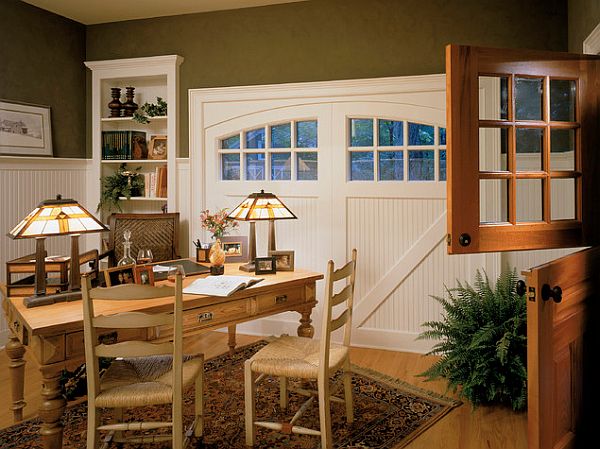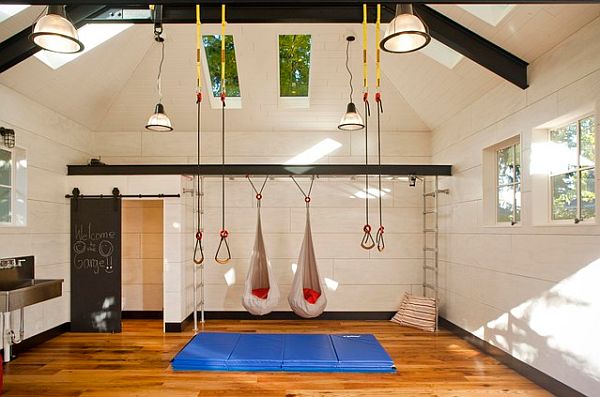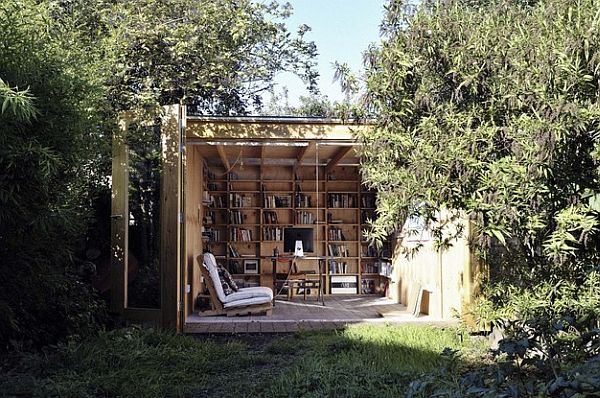For most homeowners, a garage is not just a place to house a car – it’s a secondary storage closet, craft room and all around deal-with-it-later dump. From the oil spots on the ground to the cob webs in the corner, a garage is not generally a space in which most people like to spend a lot of time. In fact, some homeowners purposefully keep their garage door closed just to prevent nosy neighbors from seeing all of the junk piled up within.
When most of us embark on our spring cleaning and de-cluttering endeavors, we attack closets, kitchen pantries, basements and linen cabinets. However, the garage is generally a place that is forgotten – or simply ignored because it can seem much too large a task. Indeed, cleaning the garage seems more like a worthy punishment for an unruly adolescent than a home improvement project. The truth of the matter, however, is that most people don’t realize just how much space they’re missing until they undergo a garage transformation.
In order to begin tackling this project, start by moving everything outside. Clear the space of automobiles, lawn mowers, sports equipment, old children’s toys, bicycles and any of the other various items stacked inside. Take time to go through everything and separate things into three separate piles – keep, donate and trash.
Next, clean the floor. For oil stains, sprinkle a bit of dry cat litter onto the spots. The litter will absorb the oil and can be swept away. If the stains are particularly bad, you may want to consider pressure washing. Scrub the walls to rid the space of dust and cob webs, and invest in plenty of shelving, hooks, cabinets and storage bins.
When your return the items back to the garage, do your best to divide them by type. For example, store all gardening and lawn equipment – such as fertilizers, pesticides and weed-whackers – all in one place. This will keep things simple and organized, so next time you wonder to yourself “where is my…” you won’t have to spend another weekend disassembling your garage.
































